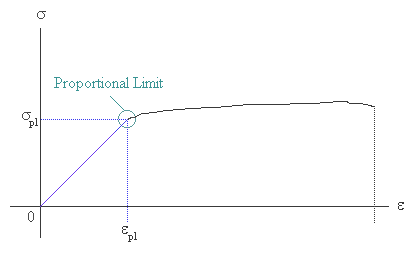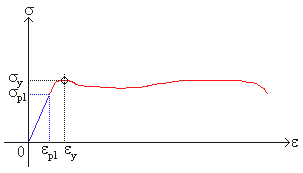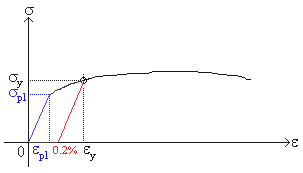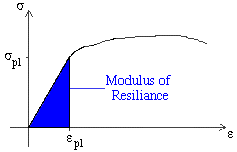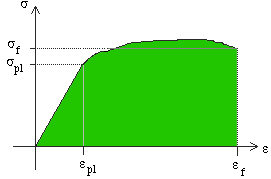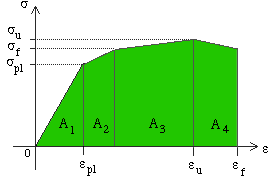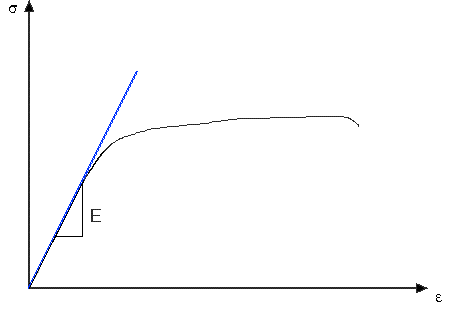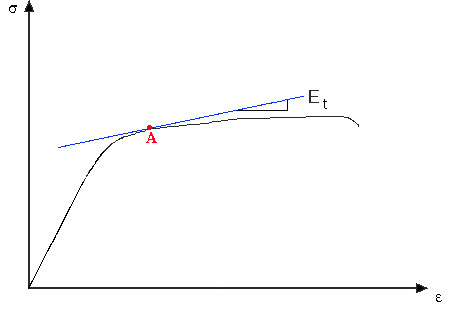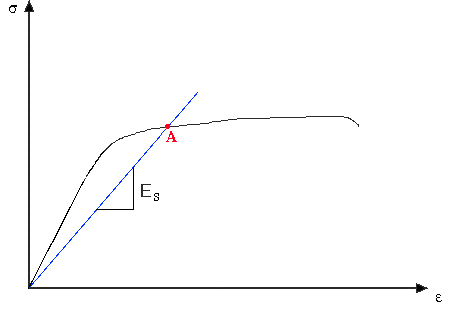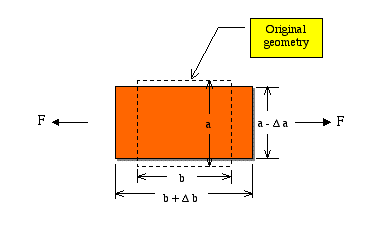Ultimate Tensile Strength:
The maximum tensile stress a material is capable of carrying is known as the ultimate tensile stress. It corresponds to the highest point on the tensile stress-strain curve. The tensile ultimate stress is usually denoted by stu. The corresponding strain is known as the ultimate tensile strain.
A crucial point to remember is that the ultimate tensile stress is usually based on the original cross-sectional area of the specimen. As such, its value on an Engineering stress-strain diagram would be different from that on the True stress-strain diagram if the specimen demonstrates considerable necking prior to fracture. It is a common practice to use the value associated with the engineering stress-strain diagram.
Ultimate Compressive Strength:
The maximum compressive stress a material specimen is capable of carrying is known as the ultimate compressive stress. Unlike in the case of tension, the compressive response of a specimen is a function of its cross-sectional shapeand length. To eliminate these geometric effects, compressive specimens are usually designed to be very short with a relatively large cross-sectional area. If the material is brittle, like concrete, then failure at the ultimate point is the form of fracture. If the material is ductile, like aluminum, then failure is in the form of excessive yielding, and as such, there is no definite value for the ultimate compressive stress of a ductile material. In the case of ductile materials it is common to assume scu= stu.
